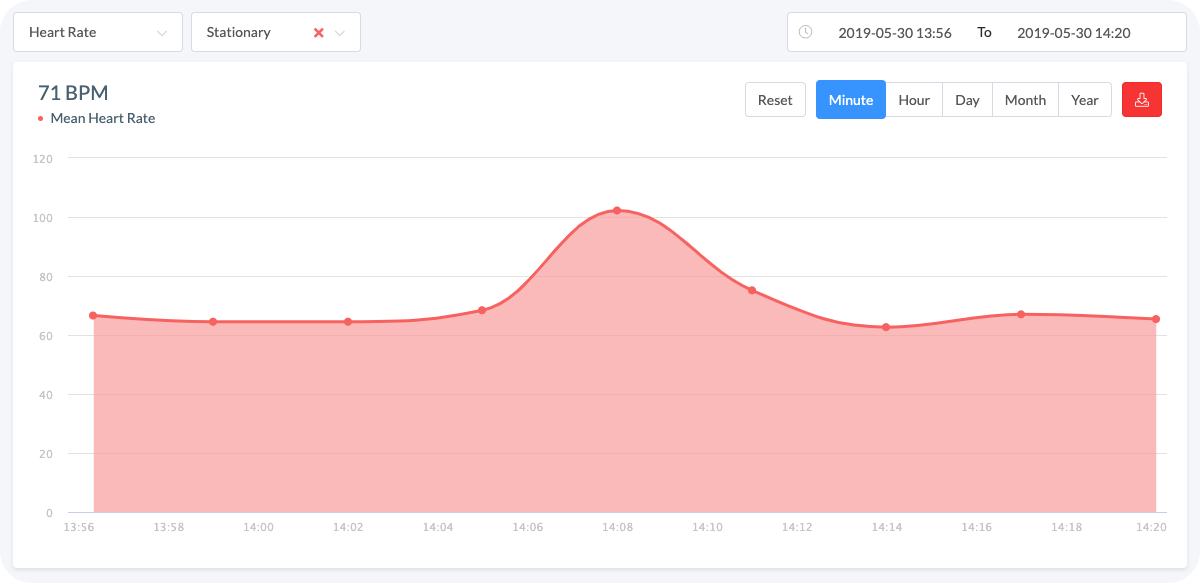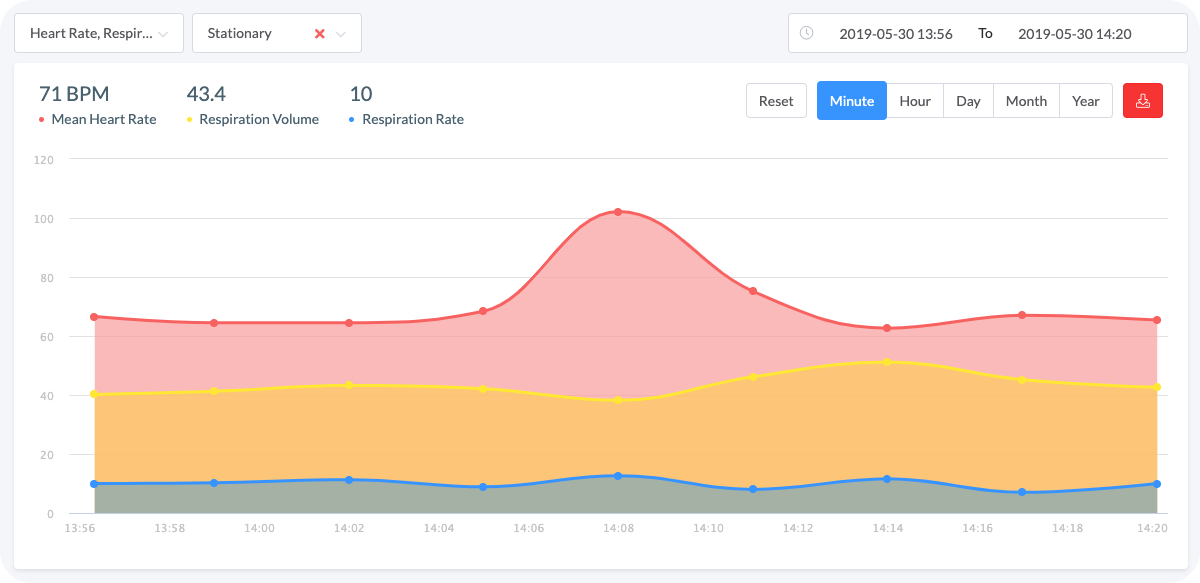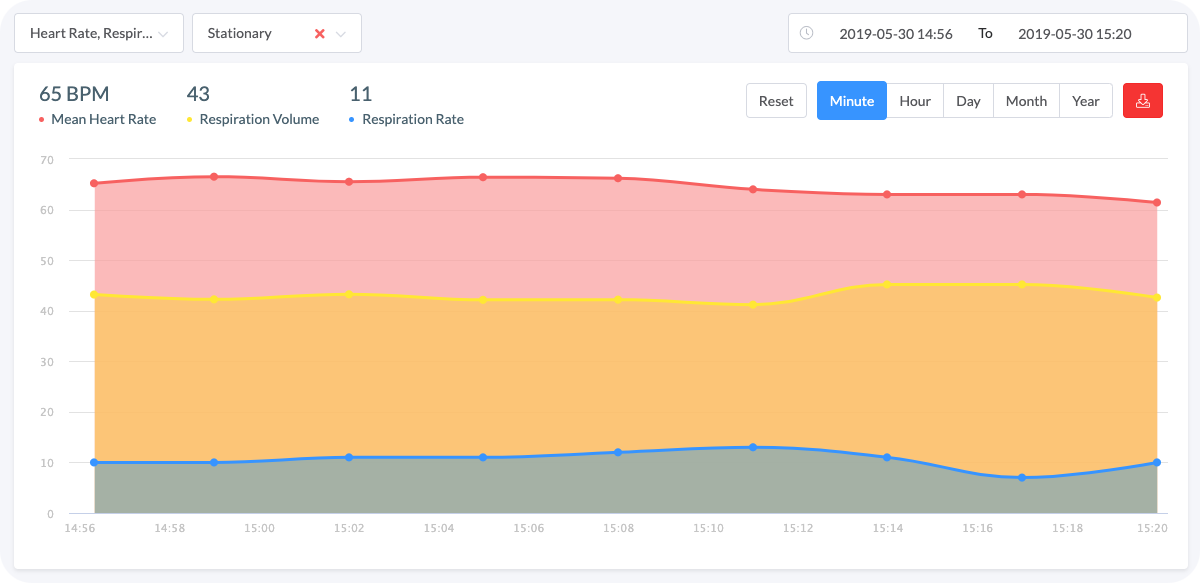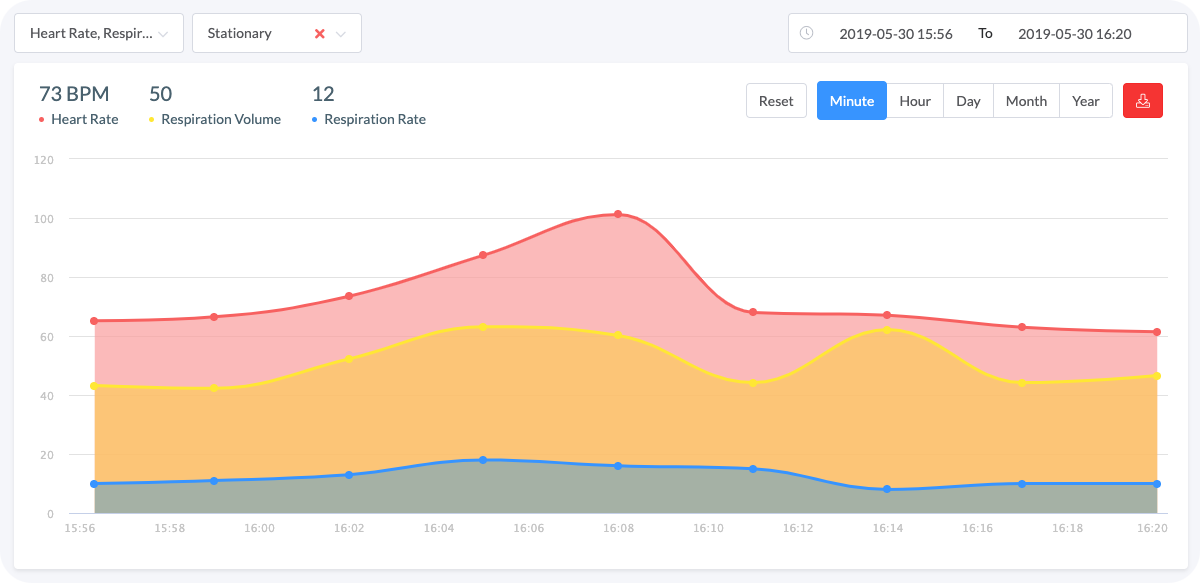It’s a no brainer that we could say that stress can have a positive impact on our lives and, of course, it could also bring detrimental downsides. So, that’s why we should have a better understanding of stress.
I work closely at Aidlab with our clients to ensure their research is conducted as smoothly as possible. Currently, most of the studies we are assisting with are focused on the physiological effects of stress.
But why should we measure stress?
When working properly, stress helps you stay focused, energetic, and alert. Stress is also what can keep you on your toes at work, for instance when your doing a presentation. However, stress beyond a certain point stops being helpful. Instead, it can begin to cause you major damage regarding your health, mood, productivity, relationships, and your quality of life.
It wasn’t that long ago, when I was surprised by a realization. At the time, I didn’t realize that humans can be stressed while the mind is unaware of such event! A particularly interesting phenomenon is the so-called white coat syndrome. In this syndrome, approximately 1 in 5 people, who don’t suffer from hypertension, get very high blood pressure readings. However, this high blood pressure reading only occurs when these individuals are examined by the doctor. The root of this is anxiety caused by the sight of medical staff. Although some patients are aware of and become visibly nervous during a doctor’s appointment, most say that they feel ordinary.
As it turns out, many people have significant difficulties in detecting stress and even more, people can’t determine their stress levels. Whether you are perfectly aware of how prone you are to stress factors or suspect you might suffer from chronic stress it’s still worthwhile to continuously monitor your stress level. Since you can’t just rely on your brain to register every second of it.
So how can we measure stress?
When you sense a threat or are put under pressure, a series of physiological responses are rapidly triggered in your body. These physiological responses are defined as being the stress response. Your brain automatically triggers the response before you can consciously realize the stimulus and interpret it. The heart beats faster than normal, which pushes a larger volume of blood to the muscles and organs. The pulse rate and blood pressure also increase. The person undergoing these changes also starts to breathe more rapidly. As a result, the small airways in the lungs open wider - so that the lungs can take in as much oxygen as possible with each breath. Then, the extra oxygen and glucose are sent to the brain, increasing alertness. Sight, hearing, and other senses also become sharper.
Feeling stressed?
Aidlab is a wearable that can help you calm down thanks to its accurate respiration sensor. Take advantage of our user-friendly breathing exercises, visually guiding you every step of the way to reach inner peace.
Learn moreThe changes in your system are not perceivable at all or at less they are not as visible as other symptoms such as sweat or shivering. Although we often realize we might be stressed, we don't really know how big the stress is and how much it affects our body. The mechanism is rather simple - response to stress is very similar to the response to physical load - the more stress is in place, the harder our heart and lungs work.
You probably heard of apps, which allow you to monitor stress levels. While those apps say they can do that, in reality, they are far too trivial and inaccurate. They calculate the extent of your stress levels by measuring changes in your heart rhythm. However, it can be argued that it is impossible to measure your heart rate precisely with a smartphone. Not to mention that in order to do this, you need to stop everything you were doing so that you can take a manual measurement by pressing the phone to your arm. Therefore, you shouldn't rely solely on your heart rate measurements, because it only takes a simple non-sustained arrhythmia to significantly change the results give to you by the app.
For example, this data was collected from an office worker in a stationary position:
 Graph 1. Heart rate peak without any context might be insufficient to determine the trigger of the stress
Graph 1. Heart rate peak without any context might be insufficient to determine the trigger of the stress
The rise in collected heart rate data suggests increased stress (it turned out later - that it's not).
If we want to check whether the prediction based on heart rate alone is valid, we can utilize the respiration rate (which might or might not change as stress rises) and respiration volume (which has to increase due to bigger demand for oxygen - it might occur by one taking deeper breaths, not necessarily accompanied by changing respiration rate). Including this data can help you to visualize the relationship between these events, helping you to conclude about the cause and impact:
 Graph 2. The more we know, the less we need to guess
Graph 2. The more we know, the less we need to guess
Additional respiration data dramatically changed the interpretation - the stable respiration recordings allow us to conclude that the increase in heart rate was not stress-induced.
Manifestation of stress
One does not need to suffer from arrhythmia for his/her heart rate to suddenly change. For instance, factors such as ambient temperature or changing body position might alter heart rate. It's also essential to have information concerning if the data was collected during motion, or after remaining stationary for a few minutes, to differentiate between mental and physical stress:
 Graph 3. The biosignals are stable because the subject is stationary and calm
Graph 3. The biosignals are stable because the subject is stationary and calm
The measurements highlighted in the graph above were taken when the worker was performing his daily tasks. All signals are stable which indicates that he is relaxed.
 Graph 4. The biosignals fluctuations intensify when a stress factor is introduced
Graph 4. The biosignals fluctuations intensify when a stress factor is introduced
The parameters in Graph 4 shot up as he was assigned a difficult, urgent task. Did you notice that the respiration rate in Graph 4 is only slightly elevated? However, the volume increased significantly meaning the subject is compensating for his oxygen demand by taking deeper breaths rather than increasing their quantity. Therefore, only having the heart and respiration rates would not clarify the nature of their changes.
Graph 3 and 4 allow us to realize how easy it is to detect stress and determine its intensity, providing that the right data is acquired. This creates a tremendous scope of opportunities for scientists. It is expected that these scientists will soon take a great step forward towards creating an effective solution for every-day stress management.




